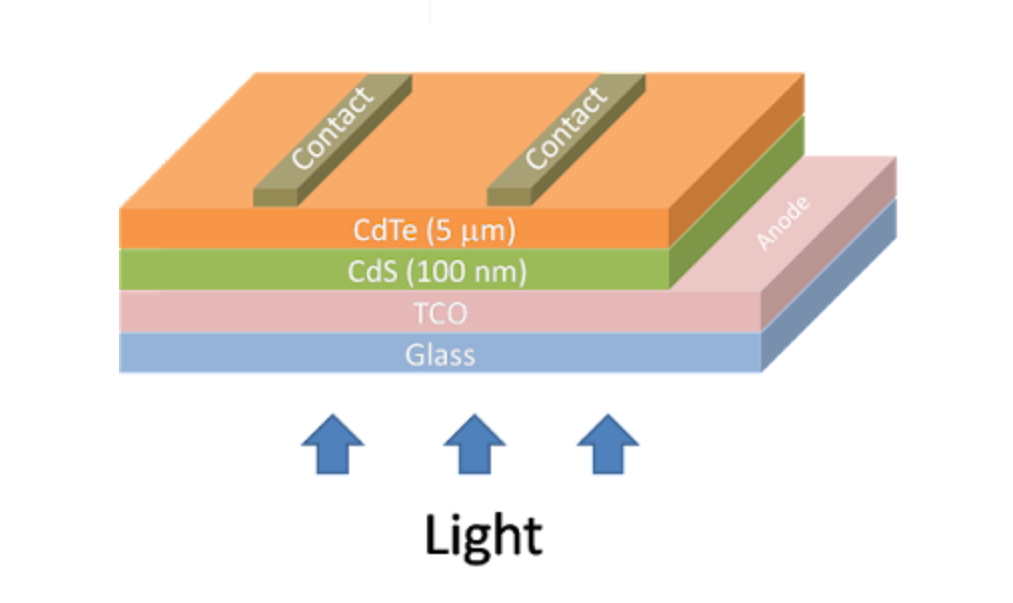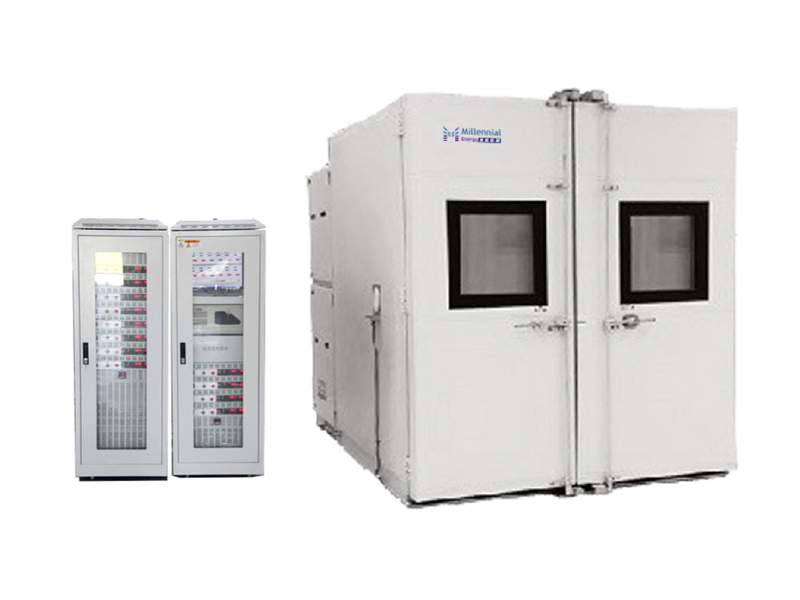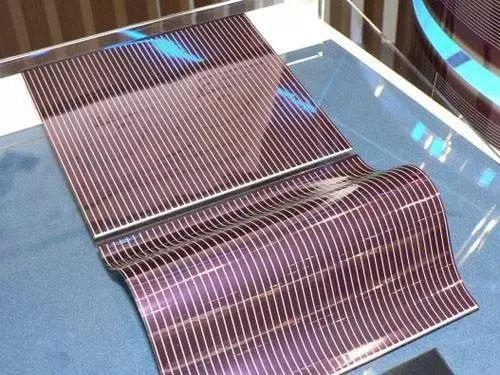
Quantum Efficiency Tester
PL/EL Integrated System
PV-Reflectumeter
3D Confocal Microscope
In-Line Four Point Probe Tester
Four Point Probe Tester
In-Line Thin Film Thickness Tester
Raman Spectrometer
FTIR Spectrometer
Spectrophotometer
Automatic Spectroscopic Ellipsometer
Contact Resistance Tester
Ultra depth of field 3D microscope
Auto Visual Tester
VMM PV Vision Measuring Machine
Solar Cell Horizontal Tensile Tester
Steady State Solar Simulator for Solar Cell
Solar Cell UV Aging Test Chamber
Solar Cell Comprehensive Tensile Tester
Visual Inspection Tester
Wet Leakage Current Tester
PV Module EL Tester
PV Module UV Preconditioning Chamber
Steady State Solar Simulator for PV Module
Current Continuous Monitor
Potential Induced Degradation Test
Bypass Diode Tester
LeTID Test System
Reverse Current Overload Tester
Impulse Voltage Tester
Hipot Insulation Tester
Ground Continuity Tester
Hipot Insulation Ground Tester
Damp Heat Test Chamber
Humidity Freeze Test
Thermal Cycle Test Chamber
Dynamic Mechanical Load Tester
Static Mechanical Load Tester
Hail Impact Tester
Robustness of Termination Tester
Module Breakage Tester
Cut Susceptibility Tester
Peel Shear Strength Tester
Universal Testing Machine (Single-arm)
Universal Testing Machine (Double-arm)
Glass Transmittance Tester
Acetic Acid Test Chamber
EVA Degree of Crosslinking Test System
Junction Box Comprehensive Tester
Drop ball tester
Semi-automatic scanning four-probe tester
Stylus Profilometer
Maximum Power Point Tracker
Perovskite Glass Transmittance Tester
Perovskite P1 Laser Scribing Multifunctional Testing Machine
Perovskite Online PL Tester
Perovskite Online Sheet Resistance Tester
Online Perovskite Film Thickness Tester
Perovskite Process Inspection Workstation
Portable IV Curve Tester
Portable EL Tester
Portable Thermal Imaging Tester
Solar Module Multi-Channel Testing System
PV Inverter Power Quality Tester
Drone EL Tester
IV Tester
IVEL Cell Sorting Machine
Thin Film Solar Cell Materials (Part 1)
Date : 2023-12-01Views : 125
There are several types of materials used to make thin film solar cells. In this section, we will explain cadmium telluride (CdTe) thin film cells as well as copper indium gallium selenide (CIGS) thin film cells. This issue of Millennial Solar will introduce photovoltaic materials technology.
![]()
Cadmium Telluride (CdTe) Thin Film Solar Cells
Cadmium telluride (CdTe) thin film solar technology was announced to the world in 1972 by Bonnet, D. and Rabenhorst, H., when they tested a cadmium sulfide (CdS)/CdTe heterojunction with an efficiency of 6%. The technology has been refined to reduce manufacturing costs and increase efficiency.
CdTe solar cells are manufactured using p-n heterojunctions that combine a p-doped cadmium telluride layer and an n-doped CdS layer, which can also be made from magnesium zinc oxide (MZO). To deposit materials on substrates, manufacturers use chemical vapor deposition techniques or close-range sublimation techniques. At the absorber layer, CdTe thin film solar cells include a transparent conductive oxide (TCO) layer usually made of fluorine-doped tin oxide (SnO2:F) or similar materials. The electrodes of these cells are made of zinc telluride (ZnTe).
CdTe thin-film solar panels achieved an efficiency of 19% under standard test conditions (STC), but crystalline silicon solar cells achieved an efficiency of 22.1%. The technology currently accounts for 5.1% of the global market share, second only to crystalline silicon solar panels, which account for 90.9% of the market. CdTe thin film solar panels cost approximately $0.40/watt.

CdTe Solar Cell Structure
![]()
Current Continuity Testing System
Current Continuity Testing System is specially designed for the 10.11 high and low temperature cycle test clauses and 10.12 humidity and freezing test clauses in the IEC61215 standard. It mainly includes providing stable DC power, current recording, temperature recording and temperature control functions. Through temperature control of the DC power supply, it can monitor multiple currents and temperatures in real time for a long time. Used in conjunction with the environmental chamber, it can monitor the internal circuit continuity of multiple photovoltaic modules. Determine the fatigue resistance of the material, the rationality of the lamination process, and the stability of the welding quality of the solar cell module in high and low temperature alternating environments.

E-mail: market@millennialsolar.cn
![]()
Copper Indium Gallium Selenide (CIGS) Thin Film Solar Cells
CIS thin film solar cells were synthesized by Hahn, H in 1953. The first advances in copper indium gallium selenide (CIGS) thin-film solar cells came in 1981, when Boeing created a copper indium selenide (CuInSe2 or CIS) solar cell with an efficiency of 9.4%, and in 1995, the National Renewable Energy Experiment Researchers at NREL have created the first copper indium gallium selenide (CIGS) thin-film solar cell with a reported efficiency of 17.1%.
The manufacturing of copper indium gallium selenide (CIGS) thin film solar panels has improved throughout history. Currently, CIGS thin-film solar cells are manufactured by placing a molybdenum (Mo) electrode layer on a substrate through a sputtering process. The substrate is usually made of polyimide or metal foil. The absorber layer is fabricated by combining p-n heterojunctions. The P doping layer is made of copper indium gallium selenide (CIGS), plated on top of the electrode, and deposited through a chemical bath to form a CdSn doping buffer. To protect the absorber layer of CIGS thin-film solar panels, a layer of intrinsic zinc oxide (i-ZnO) is placed above the CdS buffer. These materials are ultimately covered with a thick layer of AZO compound made of aluminum-doped zinc oxide (Al:ZnO), which acts as a TCO layer to protect the solar cells. The first CIGS thin-film solar panel made by NREL had an efficiency of 17.1%, but the most efficient solar panel ever produced was 23.4% efficient and was made by Solar Frontier in 2019. CIGS technology may be more promising in the future, as these materials can achieve a theoretical efficiency of 33%. Mainly used in space applications due to their low temperature resistance and excellent performance in low-intensity light conditions in space, CIGS cells are not that popular in conventional applications. The cost is relatively expensive compared to other technologies, with current prices just over $0.60/watt, but future manufacturing generations promise to drive down the cost of these panels. Although CIGS thin-film solar panels are not yet as popular in the market as CdTe cells, CIGS technology still accounts for 2.0% of the photovoltaic market share. Considering that thin-film solar modules only account for about 10% of the market, this is still a very popular thin-film solar technology.

Thin film solar cells also have a variety of technologies. Today we shared and learned about two of the photovoltaic technologies. Millennial Solar will continue to share thin film solar cell materials in the next issue.

































































